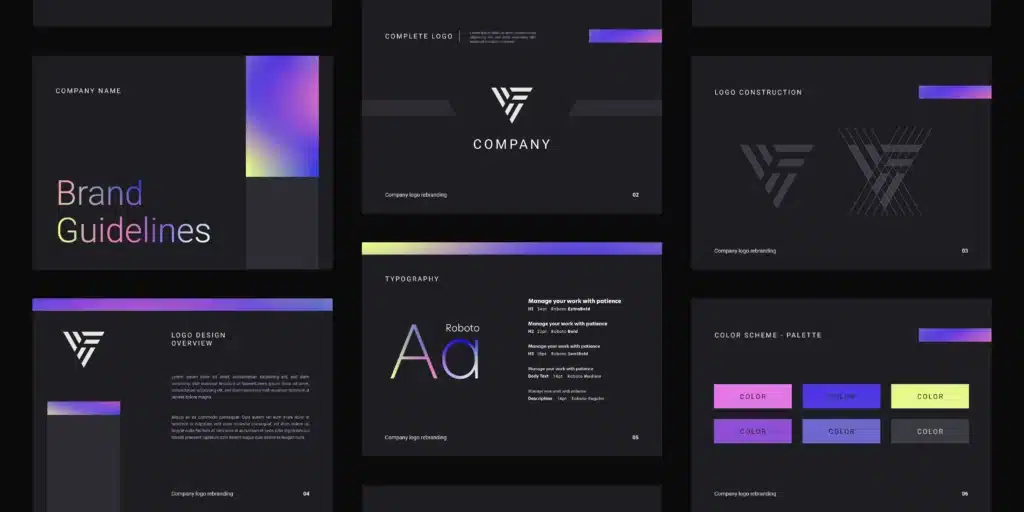CG Insights
Explore the latest trends and insights in technology and culture.
Type Right or Get Left: The Web Typography Dilemma
Discover the secrets of web typography! Learn how the right fonts can elevate your design and keep your audience engaged. Don't get left behind!
The Art of Readable Fonts: How Typography Influences User Experience
Typography is more than just arranging letters on a page; it's a critical element in shaping a user's experience. The choice of readable fonts can significantly impact how information is perceived and consumed. A well-chosen typeface enhances readability, guiding the reader’s eye and making the content more engaging. This means that designers must be attentive to font size, line spacing, and contrast in order to create a comfortable reading environment. For instance, sans-serif fonts tend to be cleaner and easier to read on screens, while serif fonts can add a touch of elegance in print materials.
In addition to aesthetics, typography plays a pivotal role in establishing a brand's identity and tone. Different fonts evoke various emotions and attitudes; for example, bold and modern fonts can convey strength and innovation, while classic and ornate typefaces might suggest tradition and sophistication. Therefore, selecting the right font not only enhances readability but also sets the mood for the content. Ultimately, mastering the art of typography is essential for anyone looking to improve user experience and ensure that their message resonates effectively.

Choosing the Right Typeface: A Guide to Effective Web Design
Selecting the right typeface is a critical aspect of effective web design, as it directly impacts user experience and brand perception. A well-chosen typeface can enhance readability and establish a visual hierarchy, while a poor choice can lead to confusion and a lack of engagement. Consider the following factors when choosing your typeface: legibility, emotional tone, and branding consistency. For instance, modern sans-serif fonts like Arial or Helvetica often convey a sense of simplicity and cleanliness, which can resonate well with tech-oriented sites.
Moreover, it's important to combine typefaces thoughtfully to create a harmonious layout. A common practice is to pair a serif font for headings with a sans-serif font for body text, as this creates a visually appealing contrast. Additionally, consider using no more than two or three different typefaces on your website to avoid visual clutter. Remember, typography is not just about aesthetics—it's about enhancing communication and ensuring that your content is accessible to all users.
Fonts That Click: What You Need to Know About Typography on the Web
When it comes to web design, typography plays a crucial role in enhancing the user experience and conveying your brand's message. Selecting the right fonts can significantly impact readability and engagement. To start, consider the web-safe fonts, which are widely supported across different browsers and devices. Some popular options include Arial, Verdana, and Georgia. These fonts ensure that your content appears consistently and clearly, no matter where it's accessed.
In addition to web-safe options, custom fonts are becoming increasingly popular due to their ability to make a unique statement. Tools like Google Fonts offer a plethora of choices that can add personality to your site while still maintaining performance. However, keep in mind that using too many different fonts can lead to a cluttered appearance. As a rule of thumb, stick to two or three fonts to create a cohesive look that enhances typography on the web.